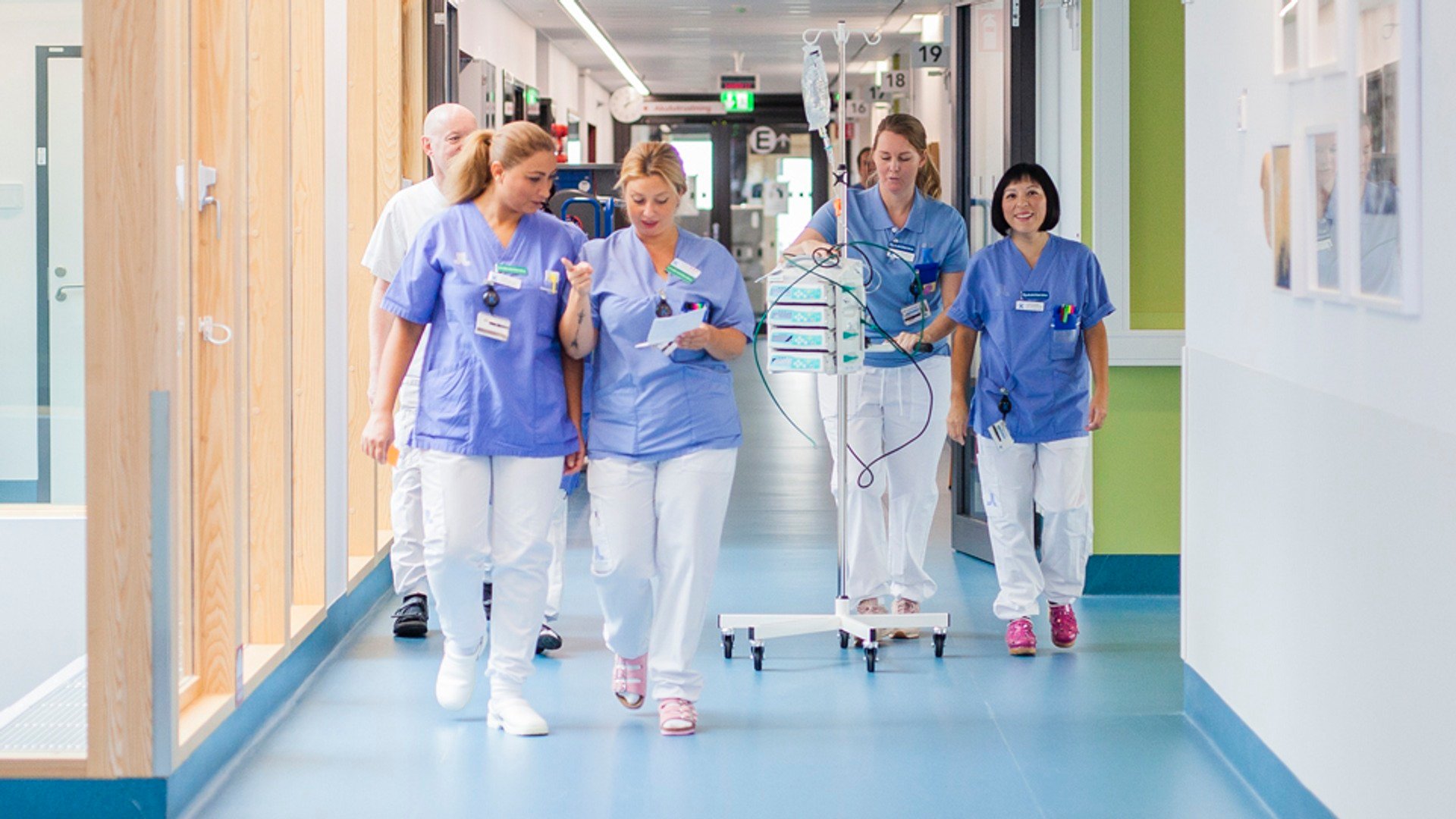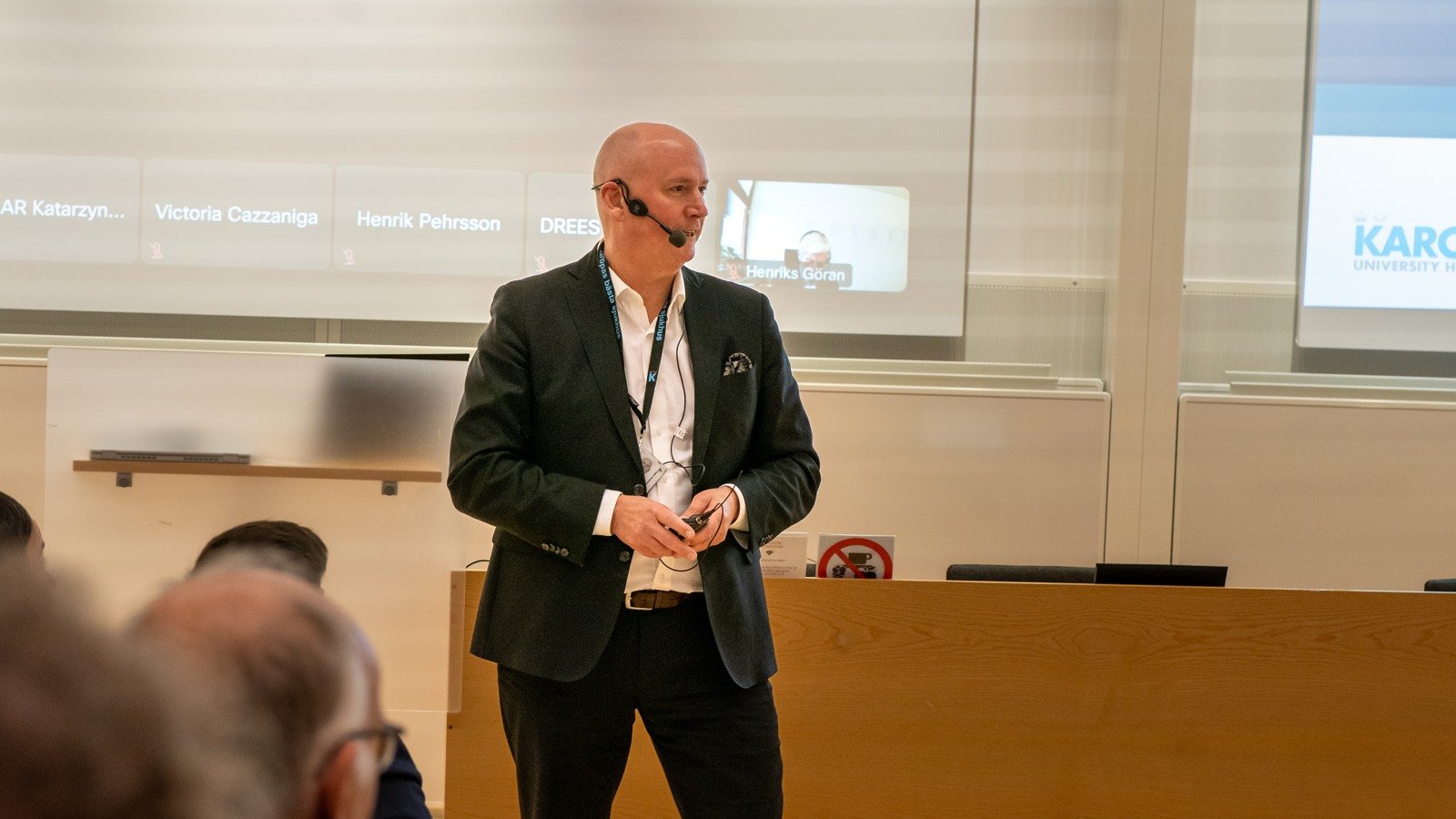New project aims to reform how digital and preventive care is reimbursed in Sweden

Today’s reimbursement model is largely based on the number of patient visits — a structure that doesn’t align with the ambition to shift towards more digital and preventive healthcare. As hospitals are paid per physical visit, there are few financial incentives to invest in new digital solutions or remote care, even though such services can help prevent illness and ease pressure on the healthcare system.
For university hospitals striving to lead the shift toward preventive, digitally supported care, this poses a major challenge. Fewer patient visits could free up resources and improve outcomes — but under the current system, they also result in reduced revenue. Without a new reimbursement model, vital innovations risk being stalled at the idea stage.
A model for the future of healthcare
That’s about to change. In June, the project officially launched, with Karolinska University Hospital as the Swedish lead partner. The initiative is managed by the World Health Organization (WHO) and funded by the European Commission’s Technical Support Instrument. Its overarching goal is to develop a financially sustainable reimbursement model that promotes prevention and digital care within the Swedish healthcare system.

“This isn’t just about the economy — it’s about making sure people receive the right care, at the right time, in the right place. In the future, it may be more important that care comes to the patient than the patient coming to care,” says Christophe Pedroletti, CEO at Karolinska University Hospital.
The rationale is clear: Sweden’s population is ageing. According to a 2025 report from Region Stockholm, the number of people aged 85 and older is expected to grow by 73 percent in the coming years. At the same time, the prevalence of chronic and complex conditions is rising. The pressure on healthcare is growing — but resources are not.
“There is so much innovation happening at Karolinska University Hospital, initiatives like Karolinska@home, among many others. We’re exploring how we can shift care from the hospital to the patient’s home. But in many cases, these services aren’t reimbursed, simply because they don’t take place within the hospital walls,” says Tomas Zapata, Health Workforce and Service Delivery Unit Head at WHO/Europe and project leader.
He adds:
“This project is about assessing the current situation and developing better solutions. First, we want to propose new reimbursement models. Then, we want to look at how we can actually implement them with different stakeholders.”

Building a shared framework for the future
The 24-month project kicked off with a five-day launch event in Stockholm from 9–13 June. During the week, key players from across the healthcare system — from national and regional authorities to clinicians and financial experts — came together to map the current situation and identify both barriers and opportunities.
The aim is to create models that make digital and preventive care a natural and integrated part of the healthcare system, rather than a parallel track.
If successful, the project could provide guidance not only for Sweden, but also for other European countries facing similar challenges.
“We need to transform the way that we provide care — to achieve better outcomes, to deliver a better experience for people in the health system, but also to reduce the workload on our workforce and ensure financial sustainability,” says Dimitra Panteli, Programme Manager at the European Observatory on Health Systems and Policies.
